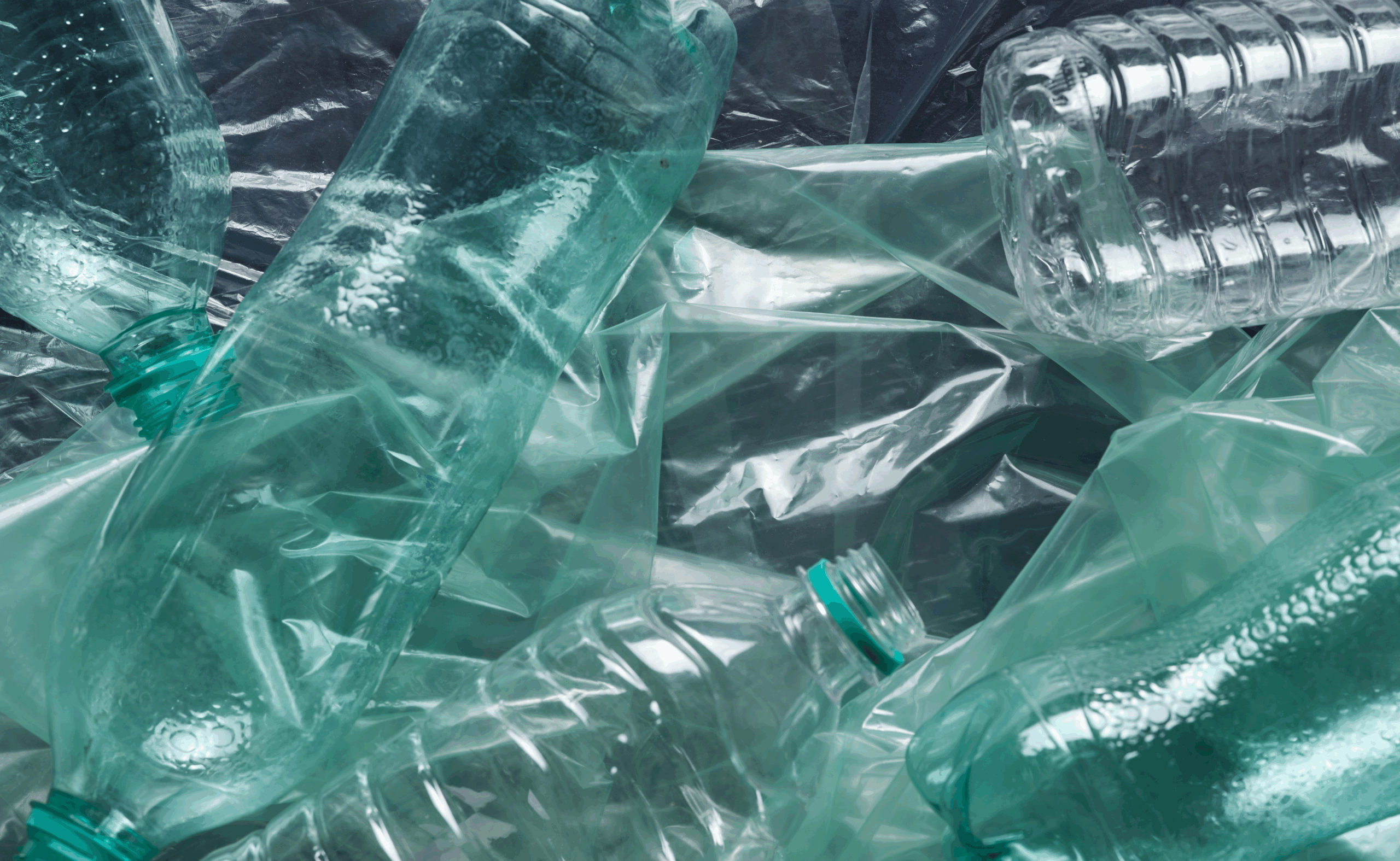Applications
Here, we explore the extensive range of applications for our process cooling equipment, emphasising our commitment to understanding the specific environments in which our systems operate. At Applied Thermal Control, we prioritise delivering advanced cooling solutions that are aligned with the unique requirements of various industries. Our approach is grounded in a deep technical knowledge and a keen focus on providing efficient, reliable, and precisely engineered thermal management solutions.
Analytical Instruments
Temperature control is crucial for analytical instruments due to its significant impact on the accuracy, precision, and reproducibility of measurements. Analytical instruments often rely on chemical reactions or physical properties that are temperature-dependant. For instance, in spectroscopy, temperature variations can alter the absorption or emission spectra of substances. Consistent temperature control ensures that these instruments operate within optimal conditions, minimising experimental errors and ensuring that results are reliable and comparable over time. This is essential for applications in research, quality control, pharmaceuticals, environmental monitoring, and many other fields where precise and accurate measurements are critical.
Browse the sections below for more information on applications within this sector.
High Vacuum
Process cooling is crucial in the high vacuum industry to maintain optimal performance and reliability across various applications such as magnetron sputtering, plasma processing, roots blowers, thermal and electron beam evaporation, thin film processes, and turbo, cryo, diffusion, and dry pumps. Efficient cooling systems prevent overheating of critical components, ensuring stable vacuum conditions, enhancing process control, and extending equipment lifespan. By dissipating excess heat, process cooling minimises thermal drift, reduces maintenance downtime, and improves the precision and quality of vacuum-dependent processes, making it indispensable for advanced manufacturing and scientific research applications.
Browse the sections below for more information on applications within this sector.
Semiconductor Industry
Process cooling is vital in the semiconductor industry to ensure precise temperature control and maintain the quality and efficiency of critical operations. In applications such as Chemical Vapour Deposition, Dicing, Metallisation, Plasma Etching, and Semiconductor Fabs, effective cooling systems prevent overheating, reduce thermal stress, and enhance equipment longevity. By maintaining stable temperatures, process cooling supports the production of high-performance semiconductor devices, ensuring consistency, reliability, and optimal functionality in the highly sensitive and demanding manufacturing environment.
Browse the sections below for more information on applications within this sector.
Electro-Optical Systems
Process cooling is essential in the electro-optical systems industry, ensuring the optimal performance and longevity of sophisticated equipment used in applications like electron and ion beam lithography, Transmission Electron Microscopes (TEMs), Scanning Electron Microscopes (SEMs), ad Scanning Transmission Electron Microscopes (STEMs). These technologies generate significant heat during operation, which can affect precision, resolution, and functionality. Effective cooling systems maintain stable temperatures, preventing thermal drift and ensuring high-quality imaging and patterning. By managing heat, process cooling enhances equipment reliability, extends operational life, and ensures consistent results, which are crucial for advancements in fields such as semiconductor manufacturing, materials science, and nanotechnology.
Browse the sections below for more information on applications within this sector.
Optical Systems
Process cooling is crucial in the optical systems industry to ensure the optical performance and longevity of equipment such as lasers, lithographic lasers, and optical dyes. These systems generate significant heat during operation, which, if not managed effectively, can lead to thermal distortion, reduced precision, and equipment failure. Cooling systems maintain stable temperatures, preventing overheating and ensuring the accuracy and efficiency of optical processes. This is particularly vital in high-precision applications like lithography, where even minor temperature fluctuations can compromise the quality of the results, making reliable process cooling an essential component of modern optical technologies.
Browse the sections below for more information on applications within this sector.
Biomedical Systems
Process cooling is vital in the biomedical systems industry, where it ensures the optimal performance and reliability of advanced diagnostic and therapeutic technologies. In applications such as electrophoresis, precise temperature control is crucial for accurate separation of biomolecules. Magnetic Resonance Imaging requires consistent cooling to maintain the superconductivity of the magnets, ensuring clear and precise imaging. Additionally, therapeutic techniques, such as laser and cryotherapy treatments, rely on efficient cooling systems to prevent overheating and ensure patient safety. Effective process cooling enhances the precision, efficiency, and longevity or biomedical equipment, ultimately contributing to improved patient outcomes and advanced medical research capabilities.
Browse the sections below for more information on applications within this sector.
Chemical Process
Process cooling is essential in the chemical process industry for maintaining optimal operating conditions and ensuring the efficiency and safety of various applications such as distillation and reactor vessels. In distillation, precise cooling is necessary to condense vapours into liquids at specific temperatures, facilitating the separation of components based on their boiling points. For reactor vessels, cooling systems regulate exothermic reactions, preventing overheating and ensuring consistent reaction rates. Effective process cooling enhances product quality, minimises the risk of thermal hazards, and contributes to the overall stability and reliability of chemical production processes.
Browse the sections below for more information on applications within this sector.
Precision Manufacturing
Process cooling is essential in precision manufacturing to maintain optimal temperatures and ensure the accuracy and efficiency of processes. Effective cooling prevents thermal deformation, ensuring high precision and quality in components. In applications such as extrusion and moulding, it enhances material properties and consistency, while in machine tools and air bearings, it ensures operational stability and longevity. Process cooling is vital for maintaining the stringent tolerances and performance standards required in precision manufacturing.
Browse the sections below for more information on applications within this sector.
Ophthalmic Laboratories
Process cooling is essential in ophthalmic labs, ensuring precision and efficiency in applications such as blocking, lap polishing, and lens generation. Effective cooling systems prevent overheating of equipment, maintaining the integrity and quality of the lenses produced. By stabilising temperatures, process cooling enhances the accuracy of blocking and lap polishing, reduces the risk of thermal damage during lens generation, and ensures consistent results in ophthalmic lab operations. This results in high-quality, reliable lenses that meet the exacting standards required in the field of eye care.
Browse the sections below for more information on applications within this sector.
Food and Beverage Industry
Process cooling is vital in the food and beverage industry to ensure the safety, quality, and shelf stability of products. Cooling systems regulate temperatures during ingredient processing, production, packaging, and preservation, preventing spoilage and maintaining freshness. They cool down equipment, ingredients, and packaging materials, ensuring efficient production and high-quality outcomes.
Data Centres
Process cooling is critical in data centres to maintain optimal temperatures and ensure the reliable operation of servers and other hardware. By effectively managing heat generated by high-density computing equipment, cooling systems prevent overheating, reduce the risk of hardware failure, and improve energy efficiency. This regulation is vital for maintaining performance, reducing downtime, and prolonging the lifespan of equipment, thereby ensuring the data centre operates smoothly and securely.








































